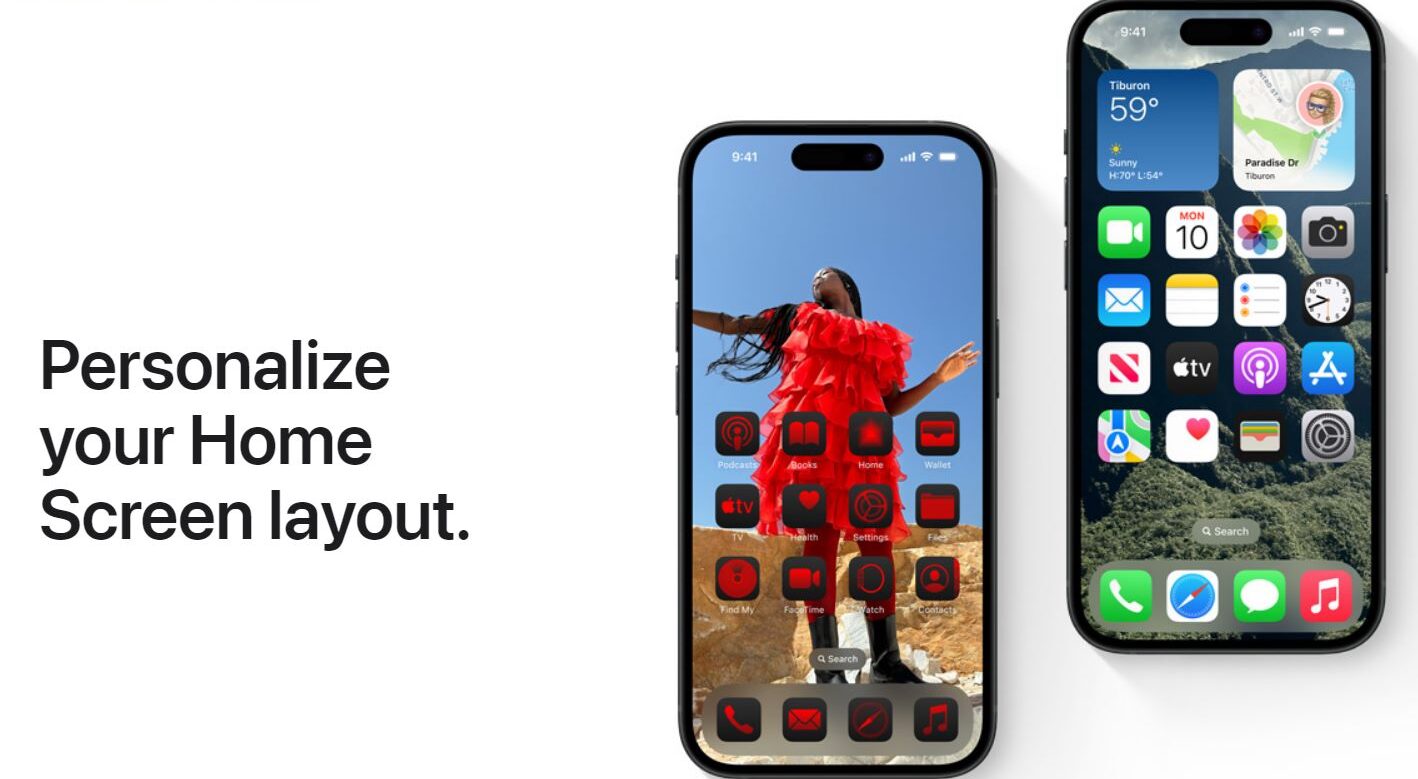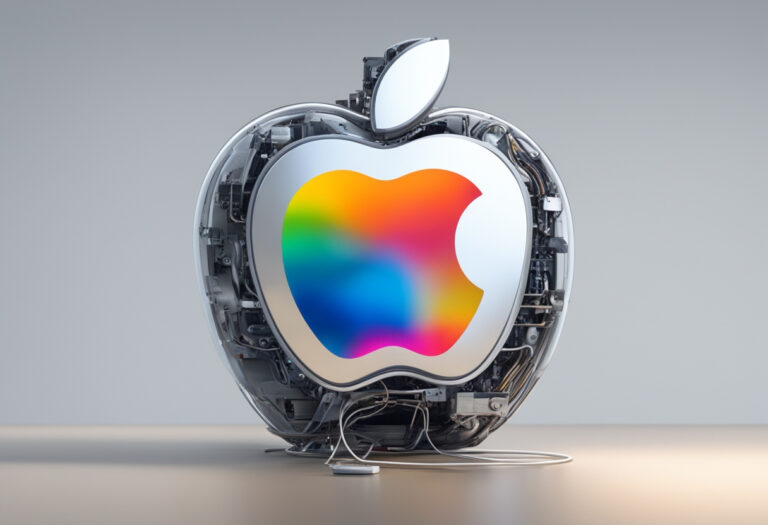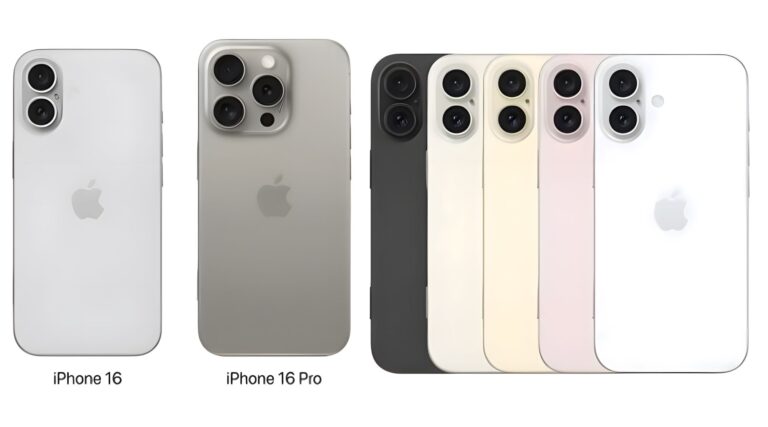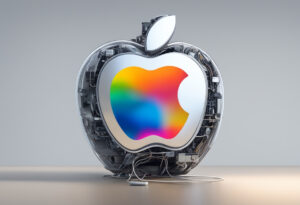Apple’s iOS 18 has generated considerable buzz, particularly because of its inclusion of features long available on Android devices. Many industry experts and consumers are questioning why Apple took so long to integrate these functionalities. In this article, we delve into the strategic, technical, and market-driven reasons behind Apple’s delayed adoption of these Android features, and what this means for the future of iOS.
Table of Contents
ToggleUnderstanding the Lag of iOS 18: Strategic Deliberations
Apple has always positioned itself as an innovator rather than a follower. The delayed integration of certain Android features into iOS 18 can be seen as a strategic decision aimed at maintaining this image. By not rushing to adopt features that are already available on Android, Apple ensures that when it does introduce these functionalities, they are polished, seamless, and uniquely Apple.
Innovation Over Imitation
Apple’s delay in adopting Android features is often a deliberate choice to focus on perfecting the technology. For instance, when Apple introduced widgets on iOS 14, they were highly customizable and integrated deeply with the overall user interface, something that Android had for years but not as cohesively. This meticulous approach to feature integration allows Apple to maintain its reputation for high-quality user experiences.
Market Timing and Competitive Edge
Timing is crucial in the tech industry. Apple’s market strategy often involves observing how certain features are received on Android before integrating them into iOS. This allows Apple to gauge market demand, identify potential pitfalls, and ensure that its implementation is superior. For example, the introduction of Advanced App Management and Enhanced Privacy Controls on iOS 18 comes after these features have been thoroughly tested and refined in the Android ecosystem, ensuring that Apple users receive a well-rounded and secure experience.
Technical Hurdles and Integration Challenges iOS 18
Integrating new features into an operating system as complex as iOS involves significant technical challenges. Apple’s ecosystem is known for its tight integration across devices and services, and any new feature must work seamlessly within this framework.
Ensuring Compatibility Across Devices
Apple’s dedication to a seamless user experience means that new features must be compatible with a wide range of devices, from the latest iPhone models to older versions still in active use. This requires extensive testing and optimization, which can delay the rollout of new functionalities. For instance, the introduction of Split-Screen Multitasking on iOS 18 required ensuring that this feature worked flawlessly on various screen sizes and resolutions, a task that is both technically demanding and time-consuming.
Security and Privacy Concerns
Apple places a high priority on security and privacy, and any new feature must align with these principles. Features such as Enhanced Privacy Controls and App Activity Reports, which debuted on iOS 18, needed extensive development and testing to ensure they met Apple’s stringent security standards. This commitment to security often means that features available on Android, which may not have the same level of security scrutiny, take longer to be introduced on iOS.
Market Expectations and User Feedback Of iOS 18
Apple’s user base has high expectations for any new feature, expecting not just functionality but also superior design and performance. Apple frequently relies on user feedback to refine its features, often releasing them later than Android but in a more polished and user-friendly form.
User-Centric Design Philosophy
Apple’s user-centric design philosophy means that features are not just added for the sake of parity with Android but are thoughtfully integrated to enhance the overall user experience. For instance, the Focus Mode in iOS 18 was designed to offer more than just a “Do Not Disturb” function, incorporating user feedback to allow for highly customizable notification settings that help users better manage their digital lives.
Beta Testing and Iterative Improvements
Apple’s extensive beta testing program allows it to gather user feedback and make iterative improvements before a wide release. This process ensures that new features are free of major bugs and meet user needs effectively. The rollout of Redesigned Notifications on iOS 18, for example, benefited from months of beta testing and feedback, resulting in a feature that is both functional and well-received by users.
The Future of iOS 18 and Feature Integration
Looking ahead, Apple’s approach to feature integration is likely to remain deliberate and methodical. The company’s focus will continue to be on providing a superior user experience, even if it means adopting features later than competitors.
Emphasis on Ecosystem Synergy
Future updates to iOS will likely emphasize further integration with Apple’s ecosystem, ensuring that features work seamlessly across iPhone, iPad, Mac, and other Apple devices. This synergy is a key differentiator for Apple, and any new feature will need to enhance this interconnected experience.
Anticipating User Needs
Apple will also continue to anticipate user needs, integrating features that not only match but exceed user expectations. The success of FaceTime enhancements and Live Text in iOS 18 shows that Apple is capable of introducing features that, while delayed, are implemented in ways that offer unique and valuable benefits to users.
In conclusion, while Apple’s introduction of certain Android features in iOS 18 may seem late to some, it is a reflection of the company’s commitment to quality, security, and user satisfaction. By taking the time to perfect these features, Apple ensures that its users receive the best possible experience.













+ There are no comments
Add yours